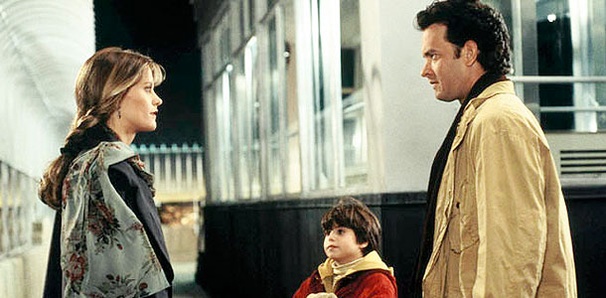5 Tips on Writing Love Relationships
By:
Click to tweet this article to your friends and followers!
 Love stories can be found in all genres and this year’s films are no exception. From mainstream Hollywood to independent movies, the quest for love can be found in such films, including Brooklyn, Paper Towns, Far from the Madding Crowd, Carol, Me and Earl and the Dying Girl, and Trainwreck.
Love stories can be found in all genres and this year’s films are no exception. From mainstream Hollywood to independent movies, the quest for love can be found in such films, including Brooklyn, Paper Towns, Far from the Madding Crowd, Carol, Me and Earl and the Dying Girl, and Trainwreck.
While not all these films contain the formula of boy meets girl, boy loses girl (complications break them apart) and boy gets girl, these narratives do contain empathetic characters — characters the audience cares about and are rooting for them to succeed in their journey.
In my book Savvy Characters Sell Screenplays I write:
Misunderstandings, mistaken identity, and embarrassing and awkward moments are just some situations couples can find themselves in when it comes to romantic relationships. The love interests can be polar opposites, unknowing soul mates, come from different social classes or backgrounds, have different temperaments, and/or find themselves brought together by an unusual set of circumstances without which they would not have normally met or spoken. The obstacles the couple must face can bring them together or force them apart.
In It Happened One Night (Directed by Frank Capra, Screenplay by Robert Riskin) this classic romantic comedy set in the 1930s Depression-era, protagonists Ellie Andrews and Peter Warne are brought together in an unusual and funny set of circumstances. Ellie Andrews is a spoiled, stubborn, headstrong heiress, who, against her father’s wishes, just married King Westley, a fortune-hunter playboy. Escaping her father’s clutches she runs away—and onto a bus to return to King only to meet Peter Warne, an arrogant and self-centered recently fired newspaper reporter, who drinks, gambles, and chases women. Recognizing Ellie, Peter sees this as his opportunity to get his job back and presents her with an ultimatum: Give him an exclusive on her story and he will help her reunite with King or he will tell her father where she is and collect the reward. Ellie reluctantly agrees. Adventures ensue, as they travel by bus, on foot, and hitchhike, surviving exhaustion, hunger, adversity, class differences, and assorted calamities, which ultimately brings them together and they fall in love.
Five Love Relationship Writing Tips
- Establish your characters’ needs and wants for finding and/or losing love.
- Empathetic characters with definitive identities and specific hopes and dreams, will inspire the reader to root for them to succeed in their relationship
- Indicate how your couple will benefit from this romance.
- Invent clever obstacles that break up your love interests and find innovative ways to reunite them.
- Keep in mind that the two lead characters don’t have to end up together in the end like in My Best Friend’s Wedding.Whether you’re writing a tear-jerker or rip-roaring comedic love story, film executives want to be moved, entertained, and believe in your characters’ love relationships.













